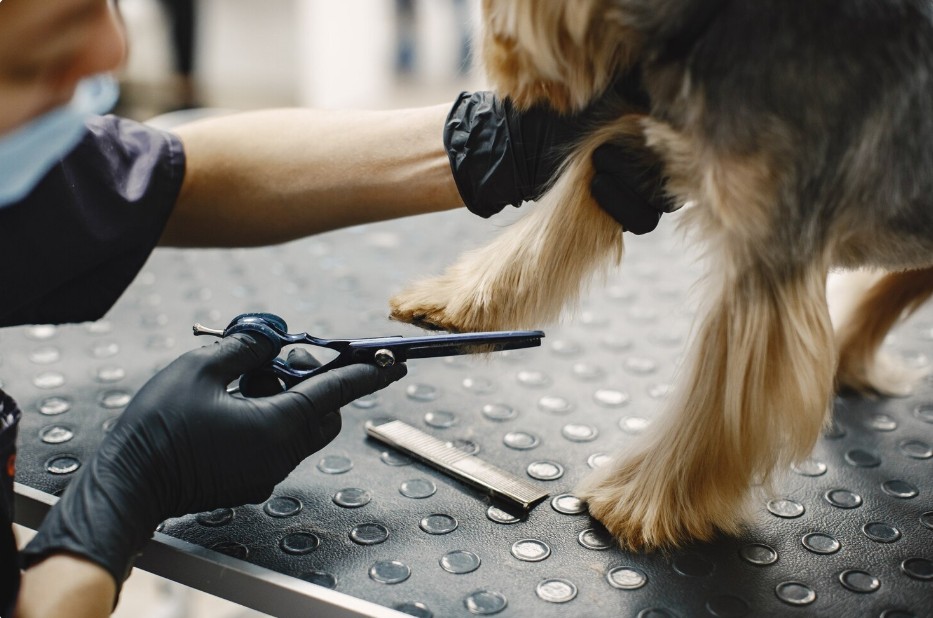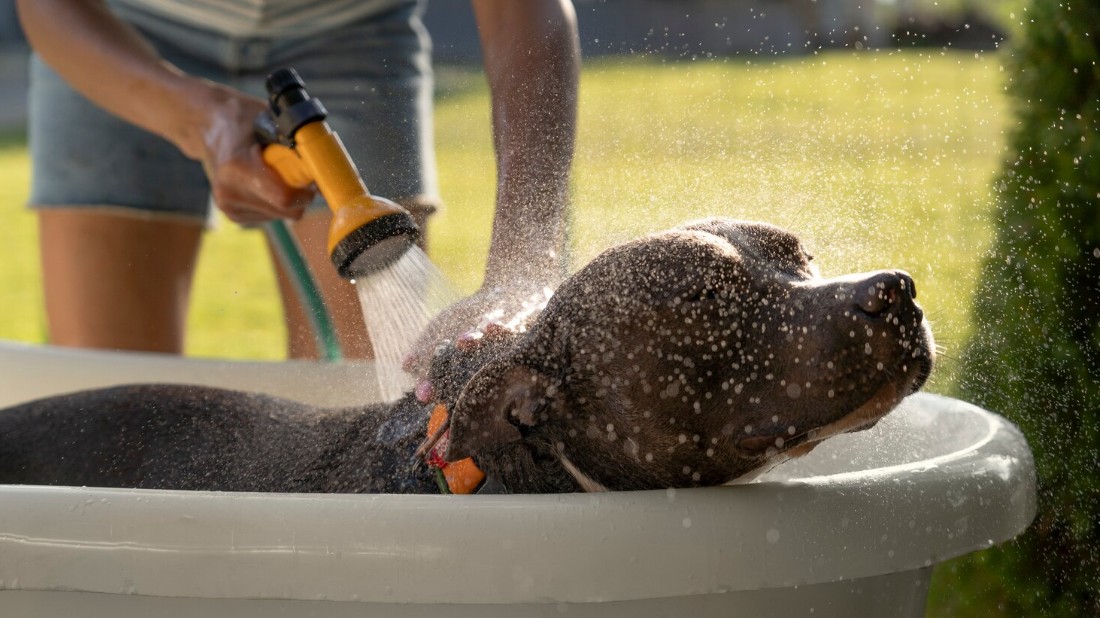Introduction:
Training your canine companion is not just about teaching them commands; it's about fostering a strong bond built on trust and communication. Whether you have a new puppy or an older dog, the key to successful canine training lies in following some fundamental principles. In this blog, we'll explore the five golden rules of canine training that will help you create a well-behaved and happy furry friend.
Rule 1: Consistency is Key
Consistency is the cornerstone of effective canine training. This means using the same commands and cues consistently and enforcing rules uniformly within your household. When you're consistent, your dog learns what's expected of them, which leads to quicker and more reliable results. Make sure everyone in your household is on the same page with training methods and commands to avoid confusion.
Rule 2: Positive Reinforcement
Positive reinforcement is the most powerful tool in your training arsenal. This involves rewarding your dog when they exhibit the desired behavior. Rewards can include treats, praise, toys, or affection. When you reward good behavior, your dog learns to associate it with positive outcomes, making them more likely to repeat the behavior.
Rule 3: Patience and Persistence
Training a dog takes time and patience. Understand that dogs may not grasp a command immediately, and some behaviors may take longer to change than others. Stay patient, avoid punishment, and remain persistent in your training efforts. Consistent practice and repetition will yield positive results over time.
Rule 4: Clear Communication
Effective training relies on clear and concise communication. Use simple, consistent commands and cues, and ensure your body language matches your verbal instructions. Dogs are highly attuned to non-verbal cues, so your body language should reinforce your commands. Keep your training sessions short and focused to avoid overwhelming your dog.
Rule 5: Socialization and Exposure
Socialization is a vital aspect of canine training. Expose your dog to different people, animals, environments, and situations early in their life to help them become well-rounded and confident. This helps prevent fear or aggression issues later on. Gradually introduce new experiences and environments, ensuring your dog feels safe and supported.
Conclusion:
Mastering the art of canine training requires commitment, patience, and a deep understanding of your furry friend's needs and behaviors. By following these five golden rules – consistency, positive reinforcement, patience, clear communication, and socialization – you can build a strong foundation for a well-behaved and happy dog. Remember that training is an ongoing process, and the rewards of a well-trained companion are immeasurable. Through love, consistency, and positive reinforcement, you can foster a lifelong bond built on trust and mutual respect.






